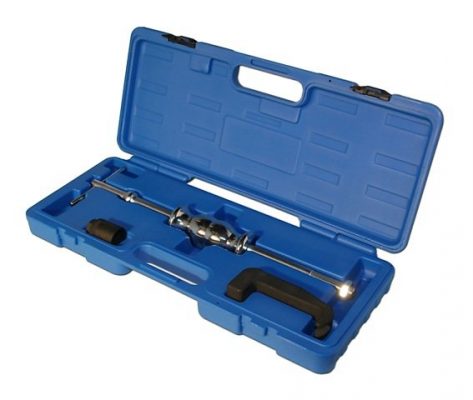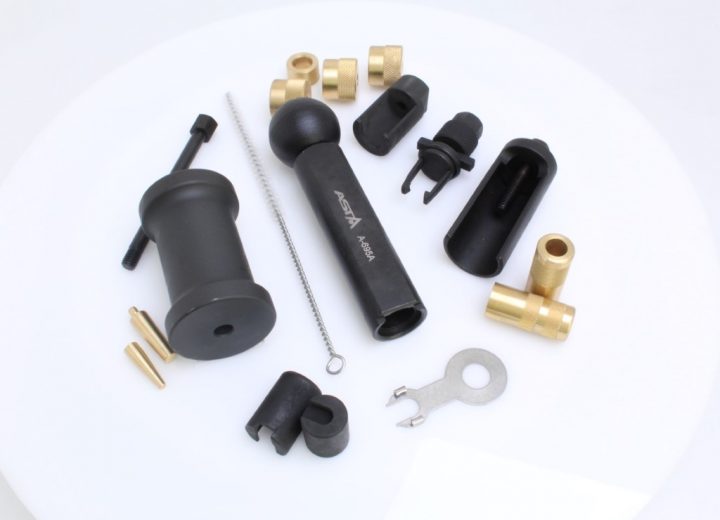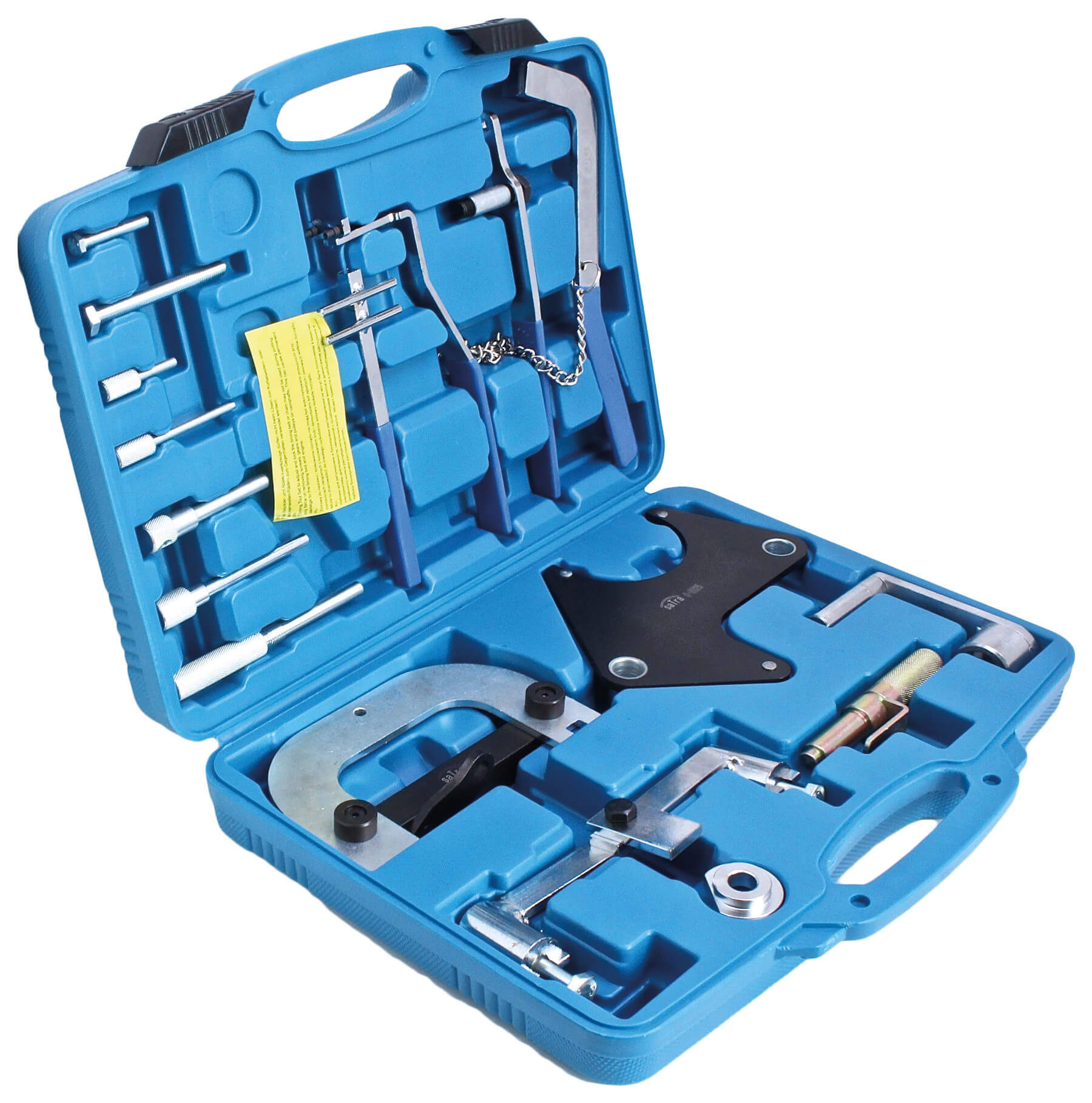
It serves to cut off fuel supply when the engine is not running and of course to calculate the speed at which the engine runs in normal usage If it doesn’t sense the crankshaft moving the system will not even operate. This sensor is actually the key part of the system.Typically, if the engine is cold then the ECM will know to open the injectors for a longer period to increase the fuel delivery, much like an automatic choke on a carburettor. These sensors measure the engine coolant and intake air temperatures.

This is usually referred to as the Lambda=1 value. If, for example, the oxygen levels are incorrect, the ECM is instructed to vary the fuel supply until it reaches the desired level.

The system works by using sensors located on the engine. Diesel engines now also have Engine Management System controlling the fuel being injected. There are several types of system and each manufacturer has their own particular variation. This is when one of our skilled technicians can be of help, since it requires specialist knowledge and test equipment to diagnose any faults that may be in the system. The downside is that if it does go wrong it can be very difficult and expensive to put right. The Engine Management System controls the whole of the combustion process, making the engine more efficient and less polluting than ever before. It is the brain of the car that controls the fuel supply and the ignition by combining the two separate functions into one main system. The most important one to be built into vehicles has to be the Engine Management System. Most of today’s vehicles are controlled by electronics with more devices being developed and fitted to vehicles each year. We at PMC of Pinner have the most advanced and sophisticated diagnostic tools for all makes and models. Warning lights are there to alert you to problems so ignoring them is not advised as it can put your safety and the safety of others at risk. However, if the warning light is highlighting a more serious problem, we can provide you with a no obligation quote to repair your vehicle.

Most of the time, the fault can be fixed fairly easily. Our highly skilled mechanics have the latest diagnostic equipment that covers all makes of car, which can be plugged into your vehicle’s system to analyse why a warning light has come on.

However, if it is more serious call us on 020 8868 0088. Often you can check your car handbook and this will help you to resolve the issue. So never ignore a warning light, and take action straightaway. This can range from a faulty light bulb or low washer fluid, to a potentially more serious problem with your brakes or engine. All vehicles will have a variety of warning lights, which are there to alert you to a range of possible problems with your vehicle.


 0 kommentar(er)
0 kommentar(er)
